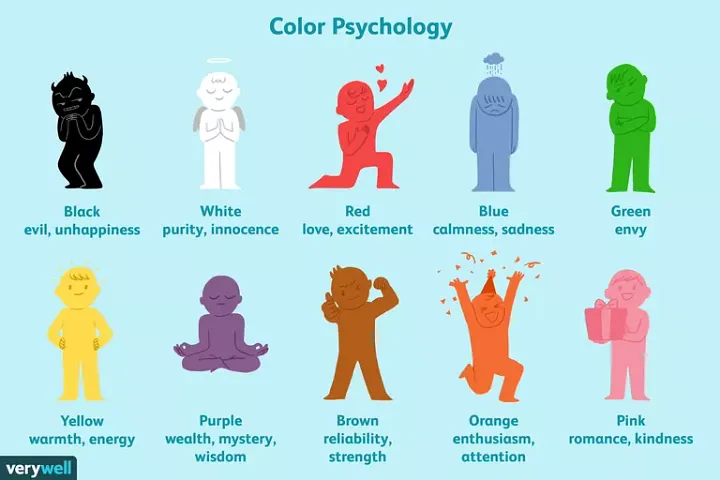“The Psychology of Colour: How it Affects Our Perception"

Colours can play a huge role in our daily lives, and they have a profound impact on our emotions, behavior, and even our physical well-being. From the clothes we wear to the colors we use in our homes and workplaces, each color has a unique energy and effect on our minds. We’ll explore the fascinating world of color psychology, eyeing at how colors can influence our emotions, behavior, and even our physical health. The Emotional Impact of Colors can evoke powerful emotions, often without us even realizing it.
Red: Red is often associated with passion, energy, and excitement, danger, and action. It can stimulate our hearts and increase our energy levels, making us feel more alert and motivated.
Blue: Blue is a primary color across all models of color space. It is the color of the ocean and the sky; Blue is often linked to feelings of calmness, trust, and serenity, stability, inspiration, or wisdom. It can be a calming color, and symbolize reliability
Yellow: Yellow is often associated with happiness, hope, laughter, warmth and sunshine. It can make a person feel spontaneous and happy, boost our mood and energy levels, making us feel more cheerful and enthusiastic. A splash of yellow on anything dull or dark can make a person feel cheerful and optimistic.
The Psychological Effects of Colors can also influence our behavior and decision-making processes:
Green: Green is often linked to growth, harmony, and balance. It can promote a sense of stability and calmness, making us more likely to make rational decisions. Purple: Purple is often associated with creativity, luxury, and wisdom. It can stimulate our imagination and inspire new ideas, making us more likely to take risks.
Orange: Orange is often described as an energetic color. It may call to mind feelings of enthusiasm and excitement, and playfulness. It can energize our minds and bodies, making us more likely to engage in social activities. Because orange is a high-energy color, many sports teams use orange in their uniforms, mascots, and branding.
Colors can even influence our physical health, Cool Colours like blue and green can lower our blood pressure and heart rate, promoting relaxation and reducing stress. Warm colors like red and orange can increase our heart rate and blood pressure, stimulating our immune system and improving our mood. Colours evoke emotions So, how can we apply color psychology in our daily lives? For Home Decor Choose colors that bring to mind the emotions you want to create in your home. For example, a calming blue or green can create a peaceful atmosphere. Use colors that resonate with your target audience’s emotions. For example, a bright orange or yellow can grab attention and stimulate sales. Choose colors that reflect your personality and mood. For example, a bold red or purple can make you feel confident and energetic.
Colour of psychology is a fascinating field that has the power to influence our emotions, behavior, and physical well-being. By understanding the psychological effects of different colors, we can harness their power to create a more harmonious and balanced life. Whether you’re designing a home decor scheme or creating a marketing campaign, incorporating color psychology into your decisions can have a profound impact on your success.
